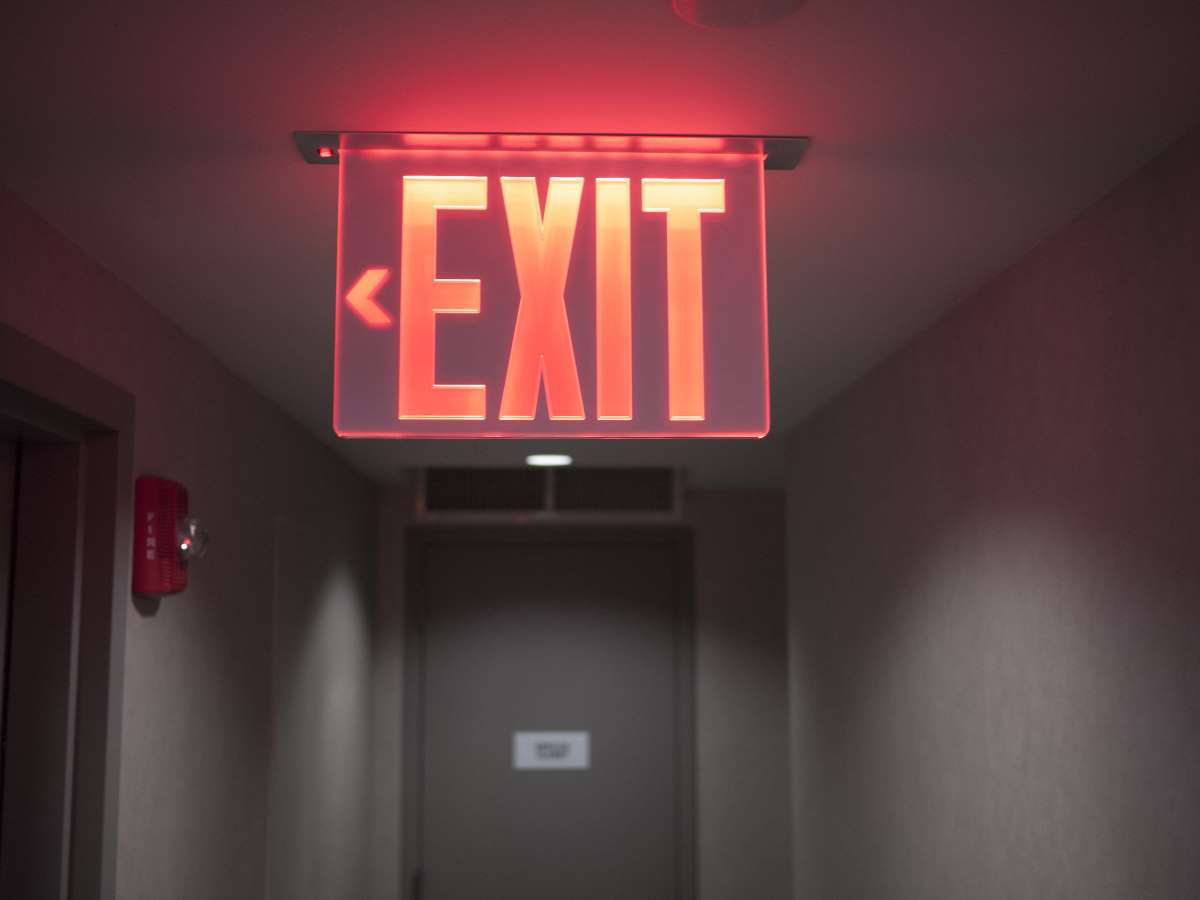
For any commercial building with an occupancy permit, there are laws and regulations governing its life safety systems, which include emergency exit signs and emergency lighting.
Regular inspection, testing, and maintenance (ITM) must occur at certain intervals to maintain National Fire Protection Association (NFPA) compliance. Now more than ever, as COVID protocols give way to normal life for most Americans, it is critical that your commercial building's ITM gets back on schedule.
Emergency Exit Lighting
Emergency exit lighting shows building occupants and first responders a clear path of egress in the event of emergency evacuations, fires, and other emergencies. It's crucial that a commercial building's emergency lighting is placed correctly, is the correct size and color, and that it functions at least according to minimum tolerances.
NFPA Code Requirements/Compliance
The NFPA allows exit signage in red or green. Usually, the finer points are regulated by local statutes, but most of the time, the signs are made from highly durable thermoplastic, which can withstand the heat of a fire.
Every unit is required to be inspected every 30 days and must operate as designed for a minimum of 30 seconds during the inspection.
Additionally, at least annually, every unit must be tested for a full 90-minute cycle of operation to ensure that the equipment can withstand the minimum requirement for NFPA compliance.
Power Outages
It is crucial that your building's emergency signage and lighting stay illuminated for at least 90 minutes in the event of an emergency, even in power outages, whether they draw power from batteries or an auxiliary generator.
This ensures the building's occupants are able to see where the exits are, even if they're not obvious so that any evacuations that take place can proceed unhindered.
Your equipment must pass regular inspections to ensure that, even in total power loss, your commercial building is safe.
Code Compliance Details
The NFPA requires that exit signs be provided in most commercial buildings where people may gather for any purpose. This includes:
- Assemblies
- Educational facilities
- Hotels
- Retail centers
- Businesses in general
Your exit signs must be visible from any point of view where the exit is accessible. They must be either internally or externally illuminated. If the building is also required to have emergency lighting, your illuminated exit signs also must be provided with emergency power.
Why It Matters
Any business that is either open to the public or operates with a staff of employees is responsible for the safety of those who occupy its buildings. In the worst-case scenario, there must be standardized markings that show how to get out of interior spaces, and they must function even when conditions are not ideal.
When the fire alarms are blaring and the overhead sprinkler systems are activated, most people will panic. Clearly marked exit signage isn't just about meeting regulations or complying with NFPA codes at that point; it's about keeping people as safe and calm as possible.
This is why it's important to keep your emergency exit signage compliant with all applicable codes and laws.


